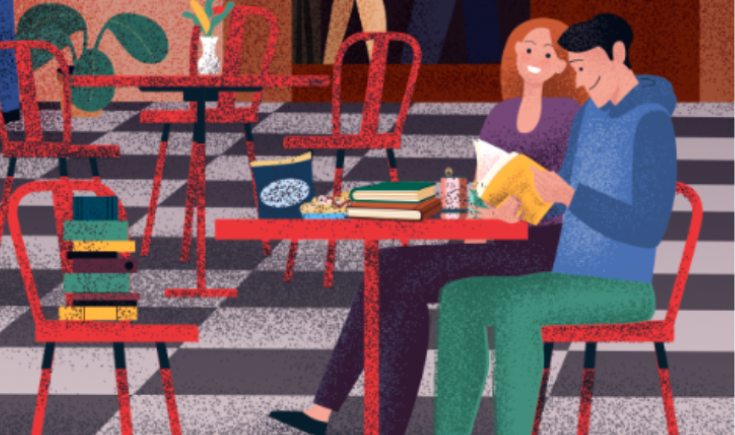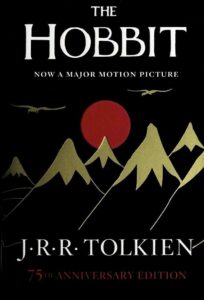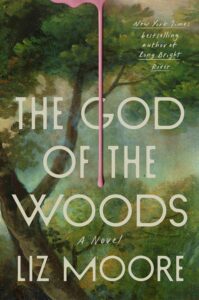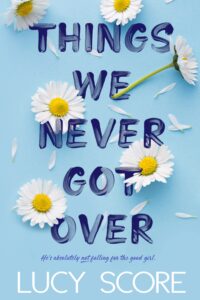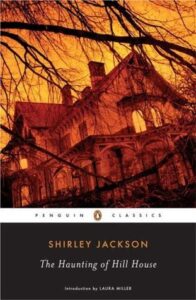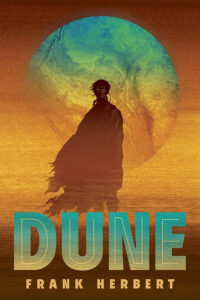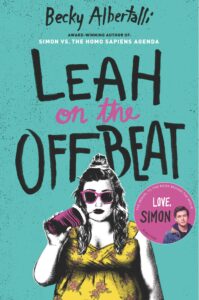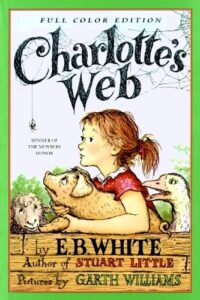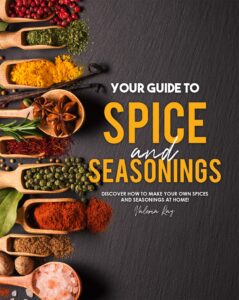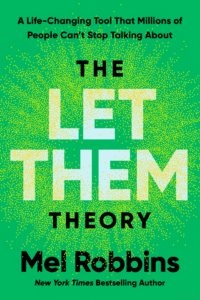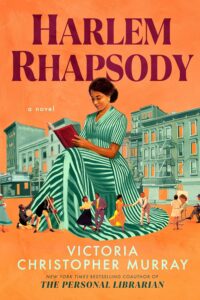You’ve poured your heart and soul into writing your book—and now it’s time for the world to see it. But before readers even crack open page one, they’re making snap decisions based on two critical pieces: your cover and your blurb.
Think of them as your book’s online dating profile. If something feels off—whether it’s the wrong “vibe” or mismatched expectations—your reader will swipe left faster than you can say once upon a time.
So how do you make sure your book connects with the right readers? Let’s dig into the factors that make a book cover and blurb convert—and how to avoid the biggest mistakes many authors make.
First Things First: Genre is Everything
Here’s the deal: your book cover and blurb must align with your genre. This is non-negotiable.
Readers are savvy. They know what to expect from a fantasy novel versus a cozy mystery. If your book doesn’t look like it belongs in their favorite category, they’ll move on—no matter how brilliant your writing is.
Genre Breakdown: What Should Your Book Look and Sound Like?
Let’s break this down with some easy-to-follow guidelines for a variety of genres.
Fantasy
Cover: Bold, epic fonts. Dark moody colors, dragons, swords, magical symbols, cloaked figures. Think quests, kingdoms, and ancient relics.
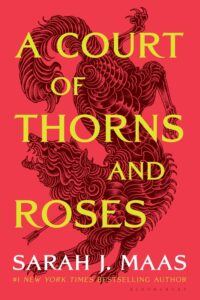
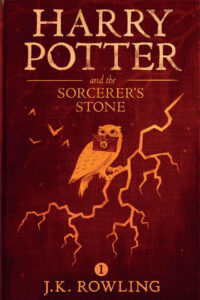
Blurb Language: The language in a fantasy novel blurb should be immersive, evocative, and compelling—drawing the reader into the world of the story while highlighting the stakes and conflicts.
Here’s how to approach it:
- Use vivid, atmospheric language.
- Lean into the lore—readers love a well-built world.
- Highlight the central conflict, especially if it involves power, prophecy, or peril.
Sample phrases:
- “A kingdom on the brink of war,”
- “an ancient power awakens,”
- “a reluctant hero must rise.”
Mystery/Thriller
Cover: Dark, minimalist, sharp fonts. Shadows, fog, clues, sometimes stark pops of color. Red string and corkboard energy.

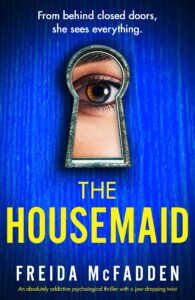
Blurb Language: In mystery and thriller blurbs, tension is everything. You’re setting up intrigue and suspense, so your language should be crisp, punchy, and full of unanswered questions.
Here’s how to approach it:
- Emphasize urgency and stakes.
- Introduce the central puzzle or crime.
- Tease, don’t tell—leave the reader hungry for resolution.
Sample phrases:
- “A chilling murder,”
- “a detective racing against time,”
- “a dark secret uncovered.”
Romance
Cover: Bright, illustrated, or intimate photographic covers are popular across many romance subgenres. Soft pastels tend to signal sweet or wholesome romance, while deep reds, rich tones, and moodier lighting often hint at steamier reads.
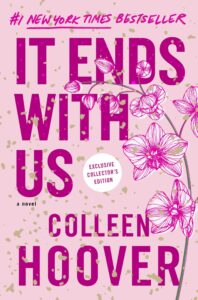
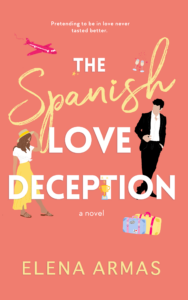
Blurb Language: Romance blurbs should be emotional and evocative, capturing the chemistry, conflict, and connection between your protagonists. Whether you’re writing sweet or spicy, the focus is on feelings.
Here’s how to approach it:
- Highlight the emotional journey.
- Spotlight what brings the couple together—and what could keep them apart.
- Give a hint of heat (or heart).
Sample phrases:
- “A heartwarming story of second chances,”
- “their chemistry was undeniable,”
- “a love neither expected.”
Note: Romance is a broad genre with many beloved subgenres—romantic comedies, mafia romance, historical romance, dark romance, LGBTQ+ romance, and more. Each has its own visual and tonal language. A cartoon heart on a rom-com might charm readers, but it would confuse fans expecting high-stakes passion or taboo tropes. Always research your specific subgenre to make sure your cover and blurb speak directly to that audience.
Horror
Cover: Dark, eerie tones with creepy fonts. Imagery like foggy forests, haunted houses, ominous shadows, and unsettling silhouettes.
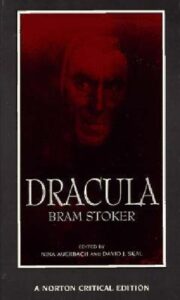
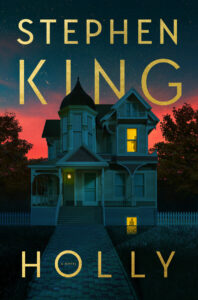
Blurb Language: Horror blurbs should evoke dread and curiosity. They play with fear—of the unknown, the supernatural, or the human psyche—and tease the horrors waiting within the pages.
Here’s how to approach it:
- Set a foreboding tone from the start.
- Use sensory, unsettling details.
- Leave the reader wondering what lies beneath the surface.
Sample phrases:
- “A town gripped by terror,”
- “a secret buried deep—and dying to be found,”
- “she never should have opened the door.”
Science Fiction (Sci-Fi)
Cover: Futuristic fonts, spaceships, galaxies, advanced tech. Blue, black, metallic tones. Expect stars, circuits, and speculation.

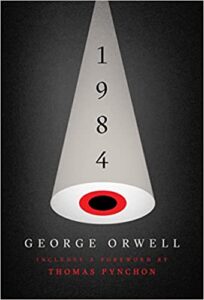
Blurb Language: Sci-fi blurbs should balance world-building with human stakes. Whether you’re exploring distant galaxies or future Earth, keep the language forward-thinking and high-stakes.
Here’s how to approach it:
- Advanced technology, alien civilizations, time travel, or dystopian futures.
- Big ideas: survival, identity, rebellion, innovation.
- Grounded characters facing cosmic consequences.
Sample phrases:
- “In a world where AI rules,”
- “the last hope for humanity,”
- “a mission to save the future.”
Young Adult (YA)
Cover: Bright, dynamic, sometimes illustrated. Often character-driven, with a teen protagonist front and center. Expect energy and emotion.
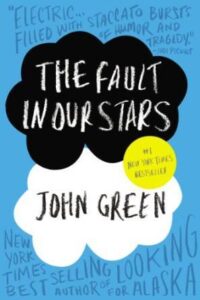
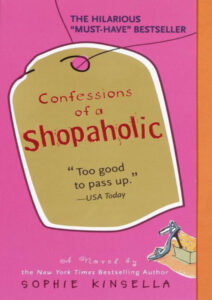
Blurb Language: YA blurbs should reflect the immediacy of teen life—emotions that feel larger than life, with a voice that’s fresh, authentic, and accessible.
Here’s how to approach it:
- Themes of identity, growth, or rebellion.
- Firsts—first love, first heartbreak, first major choices.
- A clear personal or external challenge the protagonist must face.
Sample phrases:
- “A coming-of-age story,”
- “first love, first heartbreak,”
- “one girl’s fight to change her world.”
Children’s
Cover: Colorful, whimsical, and full of charm. Large fonts, cute characters, animals, fun illustrations that spark curiosity and joy.
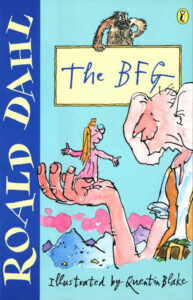
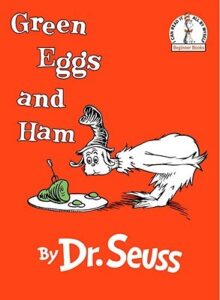
Blurb Language: For children’s books, blurbs should be simple, cheerful, and imaginative. Whether the book is educational or entertaining (or both), speak to the sense of wonder and fun.
Here’s how to approach it:
- Address the reader or parent directly.
- Emphasize learning, adventure, or bedtime snuggles.
- Keep the tone light, warm, and full of joy.
Sample phrases:
- “A delightful adventure for little ones,”
- “perfect for bedtime,”
- “teaching kindness and courage.”
Cookbooks
Cover: Clean, crisp, with mouth-watering food photography. Minimalist titles, inviting layouts, and a dash of delicious design.
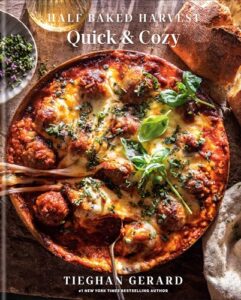
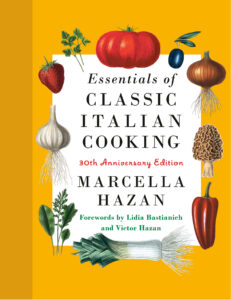
Blurb Language: Cookbooks blurbs should be practical and enticing—highlighting ease, flavor, and the type of cook who’ll benefit from the recipes inside.
Here’s how to approach it:
- What kind of meals or cuisine it focuses on.
- The skill level required.
- What makes this cookbook stand out (speed? health? comfort food?).
Sample phrases:
- “Easy weeknight dinners,”
- “a step-by-step guide to delicious meals,”
- “perfect for home cooks of all levels.”
Self-Help & How-To
Cover: Minimalist, bold titles with a calm, inviting color palette. Clean lines and clarity that speak to personal growth.
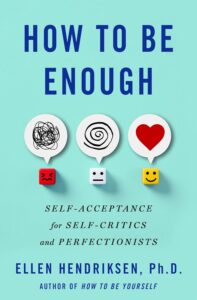
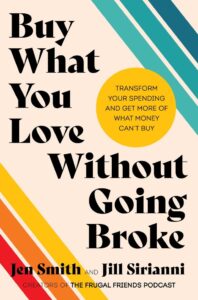
Blurb Language: Whether it’s mindset, money, or mastering a skill, these blurbs should be motivational, actionable, and full of promise. Think results-oriented, but still grounded in empathy.
Here’s how to approach it:
- Clearly state the transformation or benefit.
- Offer a glimpse of the method or approach.
- Speak directly to the reader’s needs or aspirations.
Sample phrases:
- “Learn how to transform your life,”
- “practical tips for daily success,”
- “a guide to better living.”
Historical Fiction
Cover: Elegant fonts, vintage color palettes, textured backgrounds. Often features period-appropriate imagery like old letters, war relics, or classic silhouettes.
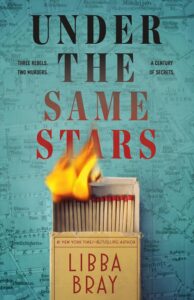
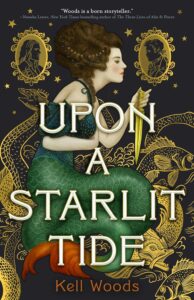
Blurb Language: Historical fiction blurbs should blend emotion with authenticity—transporting readers to another time while connecting them with the characters’ emotional journeys.
Here’s how to approach it:
- Specify the time period and setting.
- Introduce the protagonist’s personal struggle.
- Weave in real events or cultural moments when possible.
Sample phrases:
- “A sweeping tale set in [era],”
- “a forbidden love during wartime,”
- “a journey through history’s darkest hours.”
Why Genre Research is Your Secret Weapon
Before you hit publish, study the bestsellers in your category. Your goal is to blend in enough to meet reader expectations but stand out just enough to grab attention.
Questions to ask as you research:
- What do the top book covers in my genre look like?
- What kinds of words and phrases keep appearing in the blurbs?
- What emotions or promises are these covers and blurbs conveying?
- If my book were sitting on a shelf next to these, would it look like it belongs?
The Book Cover and Blurb Alignment Checklist
Here’s a quick checklist to review before you publish:
- Cover Design: Does your design clearly signal your genre?
- Blurb Language: Are you using genre-specific phrases and themes readers expect?
- Tone: Does your book match the emotional journey your readers are craving?
- Comparison: Can you say, “If you like [genre], you’ll love this book”?
If you can confidently say “yes” to all of the above, you’re on the right track.
Tools to Help You Get It Right
If this all feels like a lot, you’re not alone. Many authors struggle to nail down the right look and feel, especially on their first book or when trying a new genre.
That’s why Written Word Media offers tools like:
- Email promotions to get your book in front of readers looking for exactly your genre.
- Reader Reach Ads to target readers who already love books like yours.
And suppose you’re launching a new book and want expert guidance on everything from genre positioning to promo strategy. In that case, our NewInBooks Book Launch Packages give you a dedicated launch specialist to help every step of the way. Because you should be writing—not guessing at cover design trends.
Final Thoughts: The Reader Is Ready—Are You?
You’ve done the hardest part—writing a book worth reading. Now, make sure readers can recognize that it’s for them.
Click-worthy covers and blurbs aren’t about tricking readers. They’re about making sure the right readers find you.
When your book looks and sounds like it belongs, readers are far more likely to give it a shot—and click that magic “Buy Now” button.
